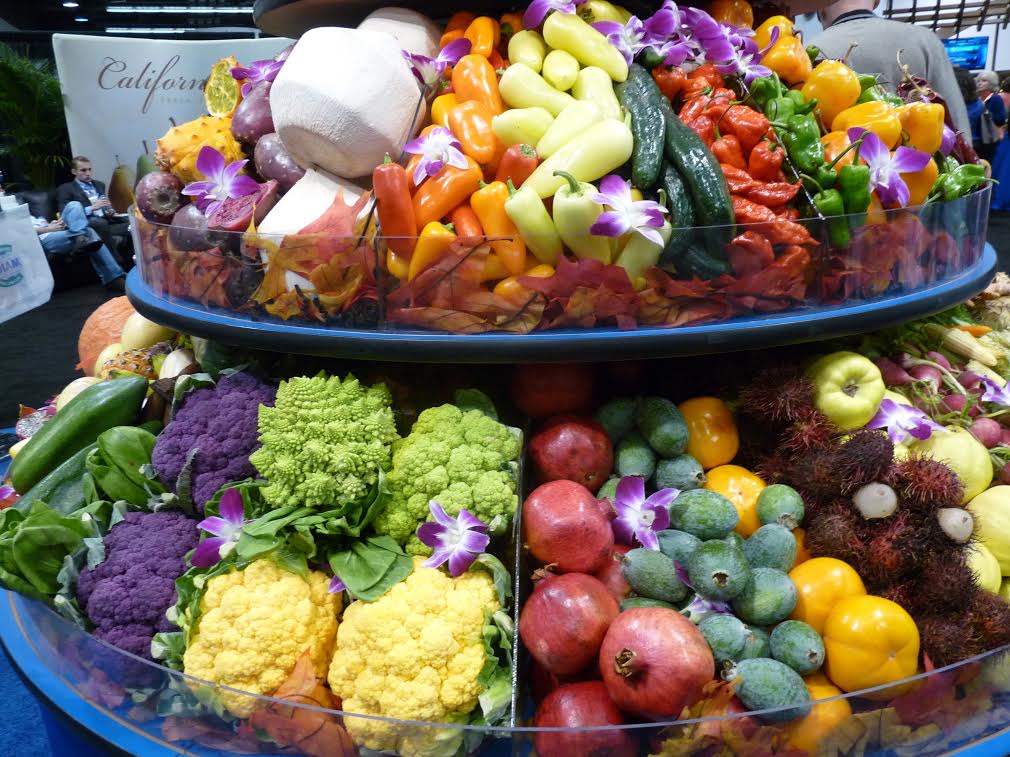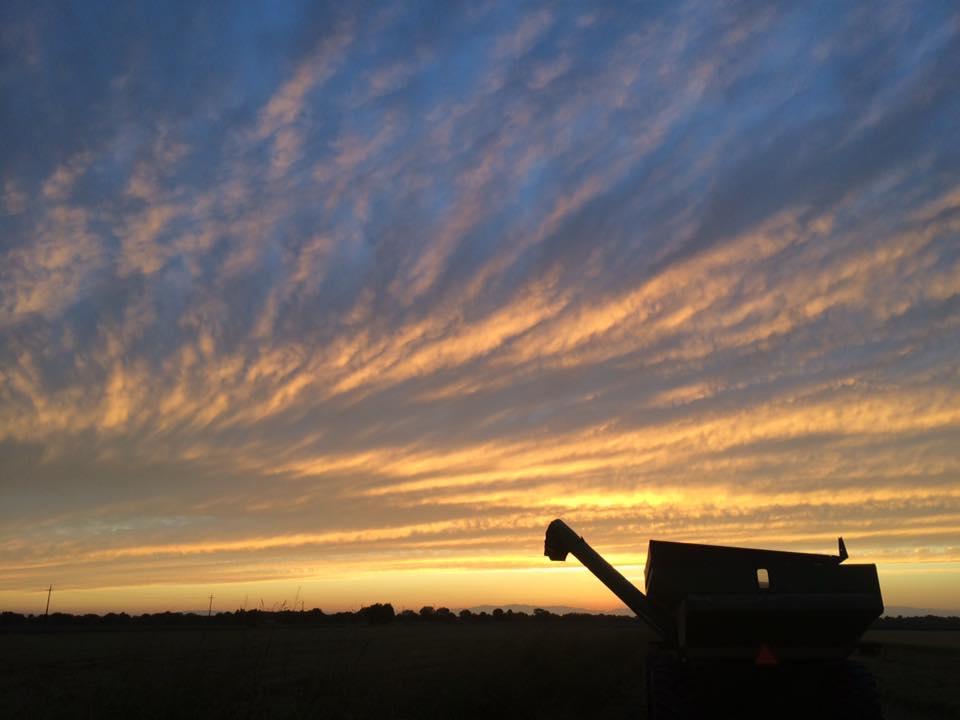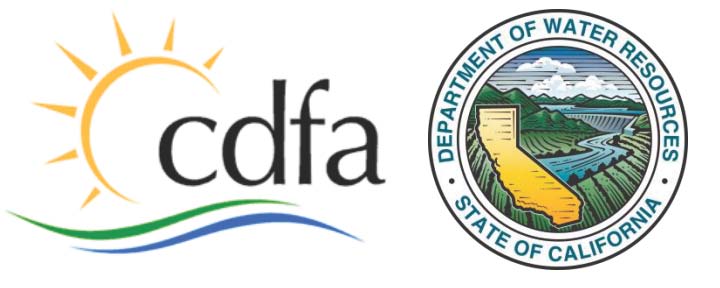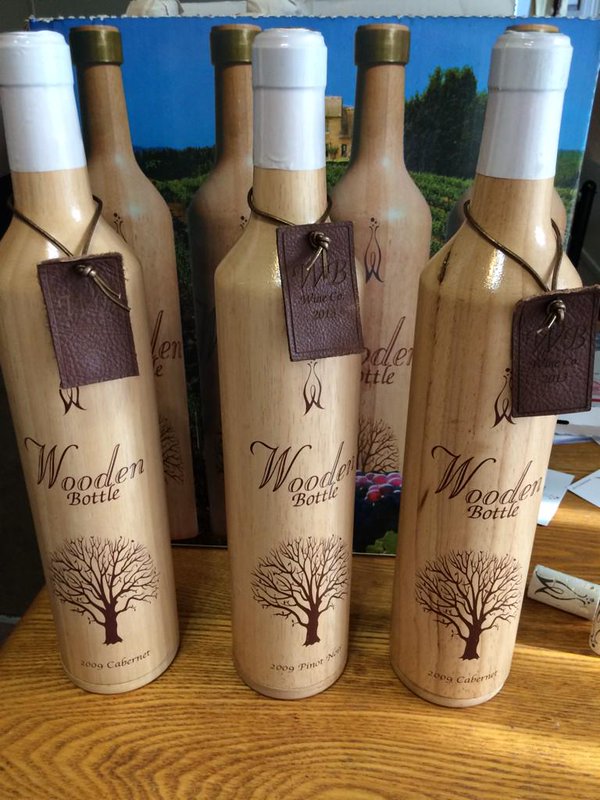A Great Time to Be in Agriculture
Lowell Catlett On Ag, Part One
Agriculture Is Primed to Provide Different Food to Masses
By Jessica Theisman, Associate Editor
Lowell Catlett, a former professor at New Mexico State University who continues to lecture with a style that keeps the audience engaged, shared with us what a great time it is to be in agriculture. “I think it is the best time because we have never had a period in history where we have had so many people, worldwide, rising out of abject poverty into middle class” he explained.
“They become consumers, and they want things, and they want a lot of things. They want the things that they see other people have. That means they want California pistachios, almonds and walnuts, and all the bounty that California produces, including its milk and eggs and cheeses, and everything else,” Catlett said.
“Once someone earns more money, one of the first things they change is their diets, and they like to get things that are unusual and unique. And California is the breadbasket of the world in terms of its ability to produce different things, and you’re seeing that translate into best time ever to be in agriculture,” he said.
Not only does current agriculture have the products, but there is plenty of money to buy those products. “There is so much money. The net worth of the United States right now over 123 million households is $94 trillion. The world’s output last year was $73 trillion, so we have $20 trillion more in household net worth than the whole world combined, The consumers want organic, or they want certified to the source. We have to certify those things to the source. They want all kinds of different food choices,” Catlett said.
“Before, people just wanted food, and they now want all these other foods. They may want gluten free, and they many not even have celiac disease. And it all helps the farmers to have markets we never had before, and that is fabulous,” Catlett said.






































